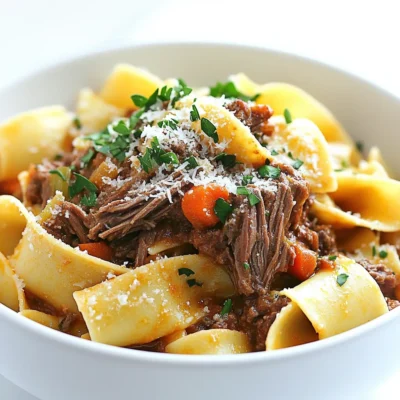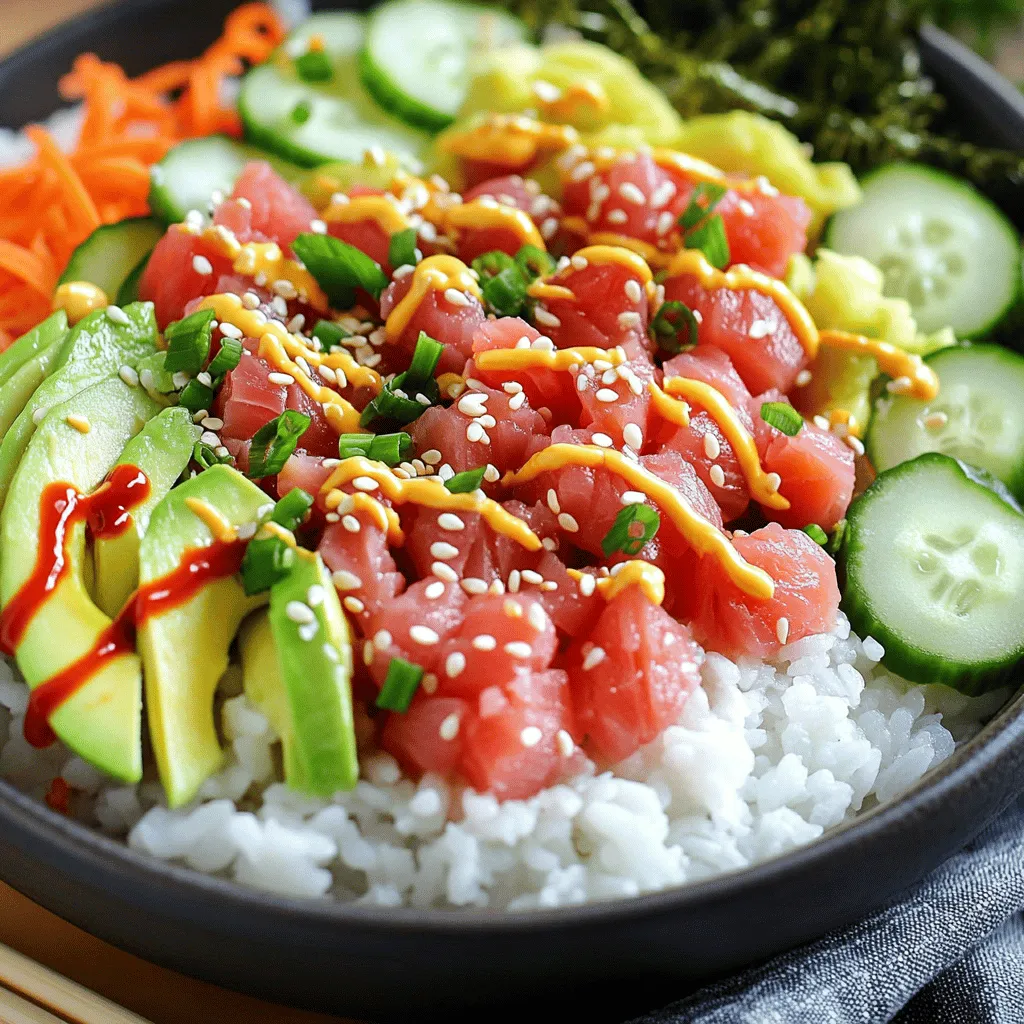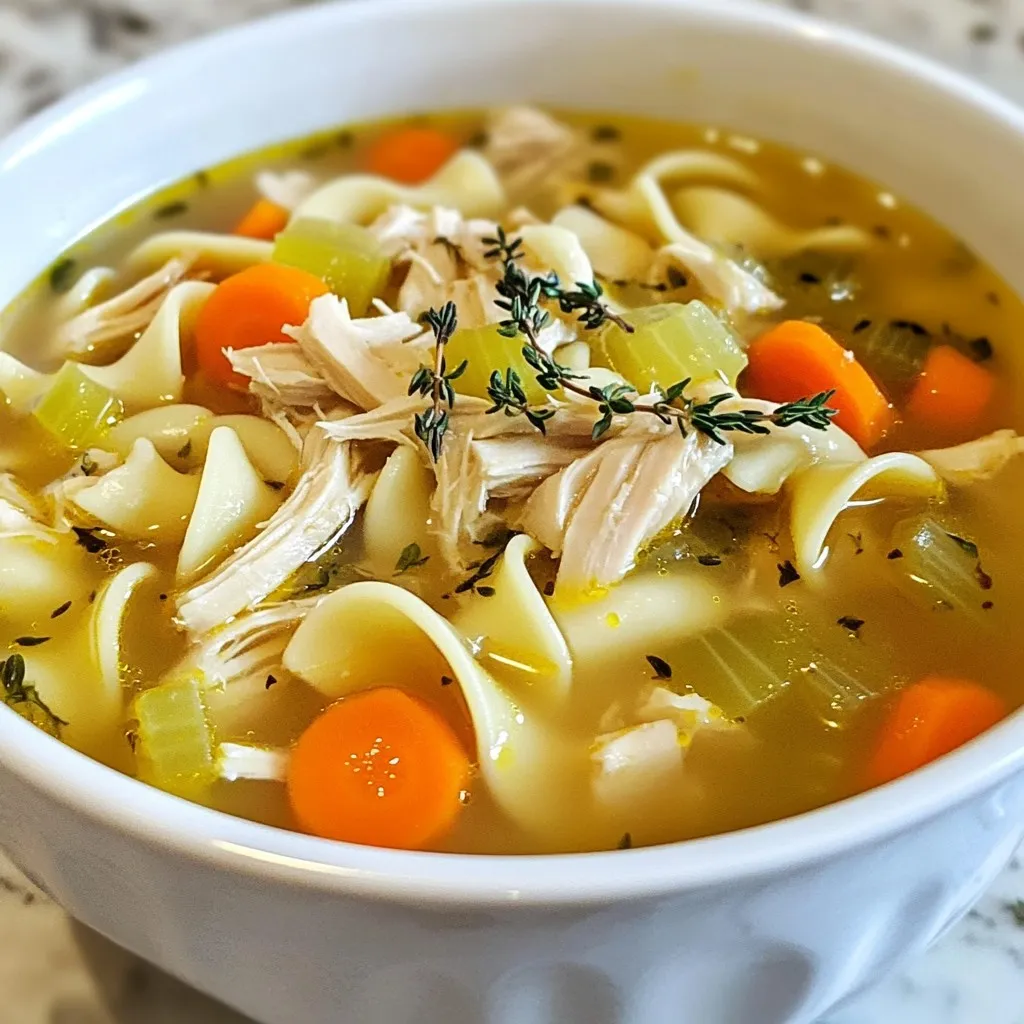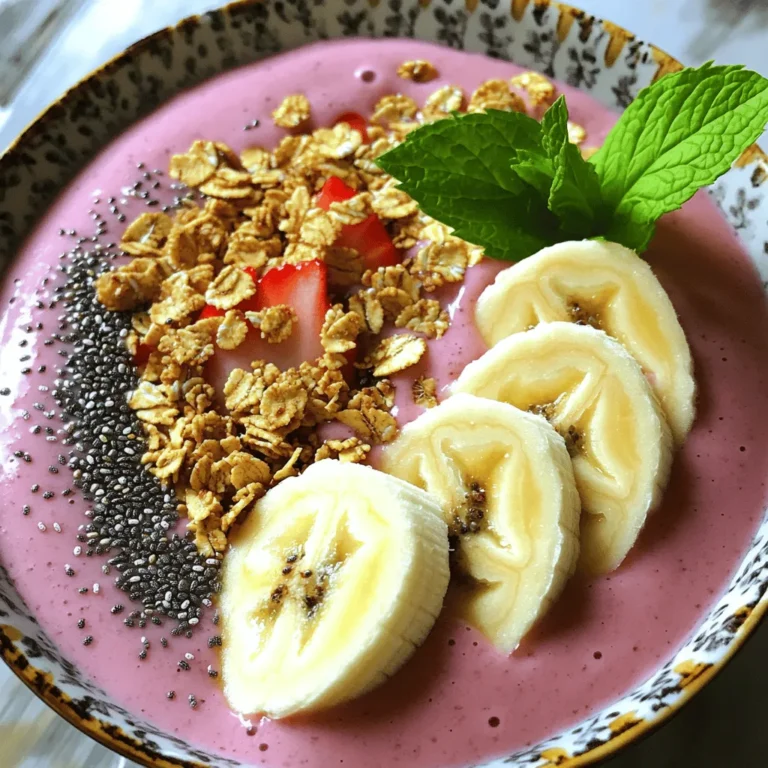Latest & Greatest

Pumpkin Spice Coffee Creamer Flavorful Fall Treat
Are you ready to embrace the cozy vibes of autumn? In this blog post, I’ll guide you through making your
Read more…
Gingerbread Cupcakes Bakery Style Delightfully Sweet Treat
Welcome to the world of Gingerbread Cupcakes Bakery Style! If you crave a sweet treat that’s both cozy and festive,
Read more…
Minute Garlic Parmesan Shrimp Pasta Quick and Easy Meal
Ready for a quick and tasty dinner? My Minute Garlic Parmesan Shrimp Pasta is here to save your evening. With
Read more…
Maple Butter Roasted Acorn Squash Flavorful Delight
Are you ready to elevate your fall cooking? Maple Butter Roasted Acorn Squash is a warm and delightful dish that
Read more…
Crispy Chicken Sandwich Air Fryer Recipe Delight
Are you ready for a crispy, juicy chicken sandwich that’s easy to make? This Crispy Chicken Sandwich Air Fryer Recipe
Read more…
Savory Beef Ragu with Pappardelle Slow Cooker Recipe
If you crave rich flavors and comfort food, this Savory Beef Ragu with Pappardelle Slow Cooker Recipe is for you!
Read more…
Slow Cooker Beef Stroganoff Simple and Flavorful Meal
If you crave a simple yet delicious meal, you’ll love Slow Cooker Beef Stroganoff. This hearty dish combines tender beef
Read more…
Savory Sheet Pan Chili Lime Shrimp Fajitas Delight
If you crave a dish that bursts with flavor and joy, you’re in for a treat! My Sheet Pan Chili
Read more…browse recipes

Spicy Tuna Sushi Bowls Flavorful Fresh Dish Delight
If you adore fresh flavors and want a fun twist on sushi, you’ll love Spicy Tuna Sushi Bowls! This delightful dish features sushi rice,…
My Latest Drinks
Strawberry Cheesecake Smoothie Creamy Refreshing Treat
Craving something delicious and cool? The Strawberry Cheesecake Smoothie is your answer! It blends creamy cheesecake flavors with sweet strawberries Read Full RecipeMocktail Pink Punch Refreshing and Easy Recipe
Are you ready to impress your guests with a delightful drink? This Mocktail Pink Punch recipe is both refreshing and Read Full RecipeBlue Lagoon Tropical Lemonade Refreshing and Zesty Drink
Looking for a drink that’s both refreshing and fun? Say hello to Blue Lagoon Tropical Lemonade! This colorful beverage packs Read Full RecipePumpkin Spice Coffee Creamer Flavorful Fall Treat
Are you ready to embrace the cozy vibes of autumn? In this blog post, I’ll guide you through making your Read Full RecipeApple Cider Margarita Mocktail Refreshing Fall Drink
Fall is here, and that means it’s the perfect time for a cozy drink! The Apple Cider Margarita Mocktail offers Read Full RecipePumpkin Spice Latte Copycat Cozy and Comforting Recipe
Craving that warm, cozy feeling of fall? You can enjoy a delicious Pumpkin Spice Latte at home! In this article, Read Full Recipe
My Latest Dinners
White Bean Soup Simple and Hearty Delight
Looking for a warm and filling meal? Let me introduce you to white bean soup! This simple and hearty delight Read Full RecipeGarlic Herb Roasted Sweet Potatoes Flavorful Side Dish
Looking for a side dish that’s both tasty and easy to make? Garlic Herb Roasted Sweet Potatoes are the answer! Read Full RecipeOne Pot Beef Taco Pasta Easy and Flavorful Meal
Looking for a quick and tasty meal? One Pot Beef Taco Pasta is the perfect dish! This recipe packs bold Read Full RecipeGarlic Chicken Zucchini Noodles Stir Fry Delight
Are you ready for a tasty twist on dinner? My Garlic Chicken Zucchini Noodles Stir Fry is a quick and Read Full RecipeStuffed Italian Meatloaf Easy and Tasty Recipe
Are you ready to elevate your dinner game? This Stuffed Italian Meatloaf is both easy and tasty! In this article, Read Full RecipeOne Pot French Onion Pasta Flavorful Comfort Dish
Looking for a cozy dinner that warms your soul? Try my One Pot French Onion Pasta! This creamy, rich dish Read Full Recipe
hey,
i’m !
I’m so happy you’re here!
Every dish I share is made with love and care. I hope they bring you the same comfort and joy they bring me. Let’s make memories, one recipe at a time.
Classic Chicken Noodle Soup Hearty and Comforting Meal
There’s nothing quite like a warm bowl of Classic Chicken Noodle Soup to soothe the soul. This recipe captures that cozy feeling with simple…


























